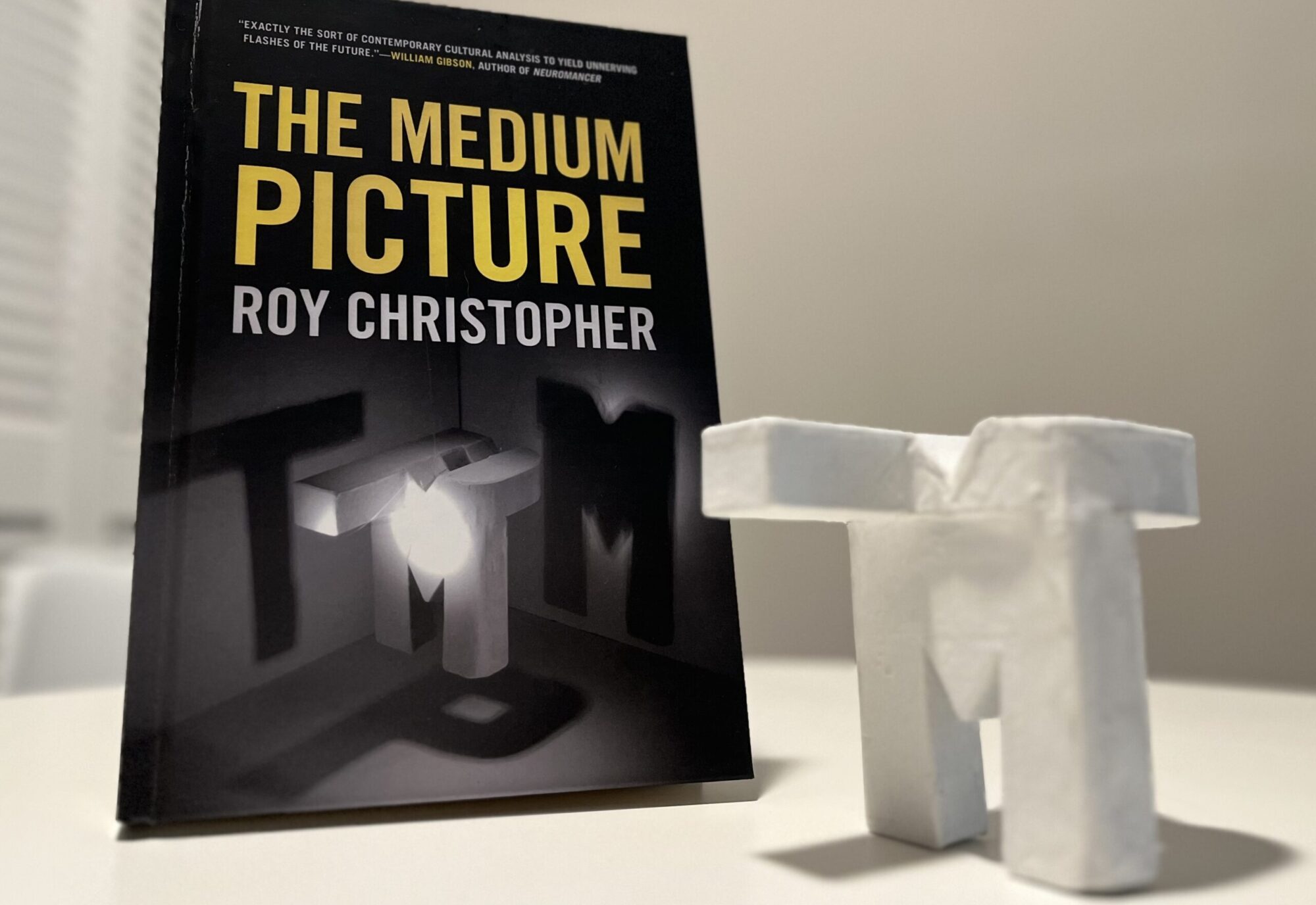To point out changes in the media landscape is to recite clichés. Everything is different, and nothing has changed.
Those two forces are flipping our media environment inside out. On one end, broadcasting became narrowcasting, and has now become microcasting. Advertisers and politicians are able to send ever-more targeted messages to smaller and smaller groups, moving from the broadcast model of one-to-many to something ever-closer to one-to-one. This shift has allowed an entity to tell one person one thing and then next person something possibly contradictory and gain the support of both in the process. Incidentally, that is how criminals communicate. They tell one group (their cronies) one thing and another group (law enforcement) the opposite.
This is also known as lying.
Computer hackers and vandals maintain communication channels in a similar fashion. Both want fame and recognition in one context and anonymity in the other. Often adopting gang-like names and attitudes, hackers rarely do a job without leaving behind their signature.

Where taking credit is key inside the hacker community, outside it anonymity is essential. One cannot boast without proof of the hack, and bragging is one of the only rewards for such exploits. Credit and credibility are inextricably intertwined.
As much as an artist’s reputation relies on signing their work, the freedom to perform computer crimes relies on that information staying inside the community. No one outside can find out. The contextual difference here is the difference that matters.
On the other end of the same spectrum, we’re seeing the mass exposure of bad things done in contexts assumed secret. From sexual assaults and police brutality to government collusion and illegal surveillance, communication technology available to everyone has boosted whistle-blowing possibilities. Following Matt Blaze, Neal Stephenson (2012) states “it’s best in the long run, for all concerned, if vulnerabilities are exposed in public” (p. 27). We have been able to pull evil deeds out of hiding and put them in contexts of accountability. As Geert Lovink told me,
An engaged form of criticism can only happen if people are forced to debate. In order to get there we need more conflicts, more scandals, more public liability. I no longer believe in begging for interdisciplinary programs in which scientists, artists, and theorists peacefully work together. That soft approach has failed over the last decades. It simply did not happen. It should be part of a shift in IT culture to go on the attack.
These two factors–power using resources against people and people using them against power–help define the way we see the world now. It’s a view defined by simultaneously filtering out some things and filling in others. It’s a view defined by global connections and mobile screens. It’s a view defined by the tail chasing its own dog.
References:
Christopher, Roy. (2007). Geert Lovink: Tracking Critical Net Culture. In R. Christopher (Ed.), Follow for Now: Interviews with Friends and Heroes. Seattle, WA: Well-Red Bear.
Stephenson, Neal (2012). Some Remarks: Essays and Other Writing. New York: William Morrow.
———-
Apologies to my dudes in Antipop Consortium for the title.

